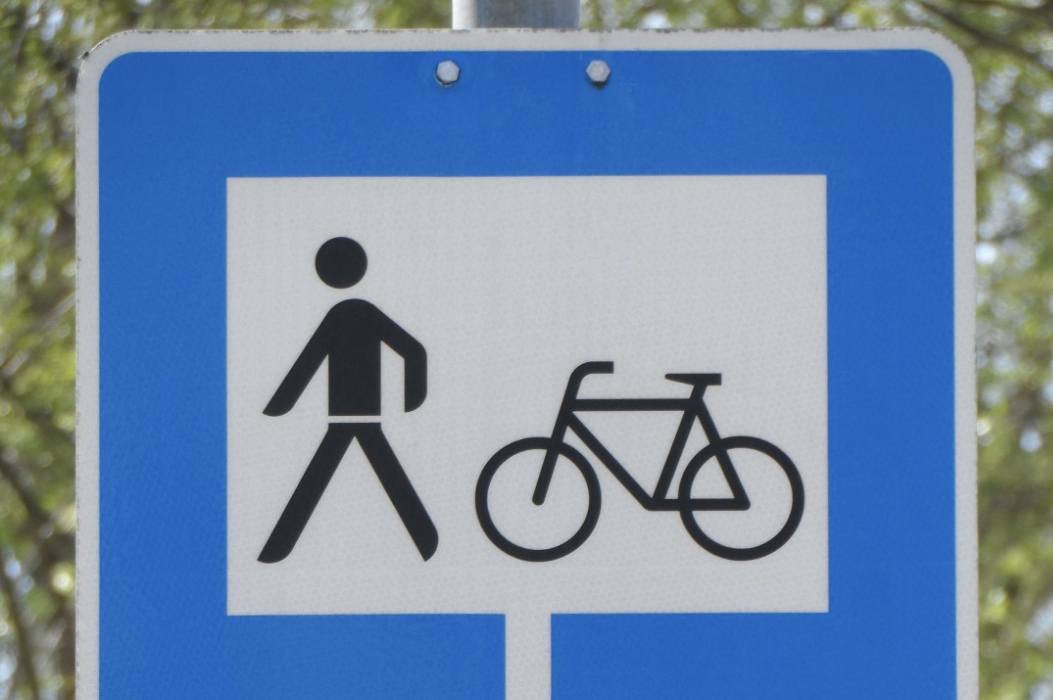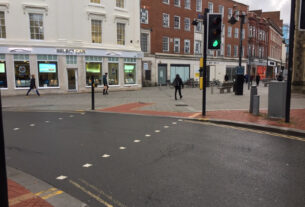
Most of us have probably not read the Highway Code recently – chances are that unless there is a learner driver about you don’t even have a copy in the house.
But the Highway Code is important, it’s where new drivers learn what the rules of the road are, it’s what driving instructors teach, and it influences the judgement of right and wrong in court cases.
For some years now Cycling UK has been calling for revisions to the Code to make it more cycle-friendly and earlier this year the Department of Transport (DfT) consulted on a raft of proposed changes to protect vulnerable road users.
The good news is that these changes got overwhelming public support and will be incorporated in an update to the Highway Code in early 2022.
Outlined are some of the changes that will help create a safer road environment for cyclists.
 The first of these, and under-pinning the proposed changes, is a concept the DfT calls a “hierarchy of road users”.
The first of these, and under-pinning the proposed changes, is a concept the DfT calls a “hierarchy of road users”.
In descending order of vulnerability, these are: pedestrians, cyclists, horse riders, motorcyclists and motorists.
The hierarchy places the greater responsibility to consider the safety of other road users on those with the greater potential for causing harm. Hopefully this will provide an antidote to the “I own the road” mentality of some road users.
A second planned change will impact junctions. Vehicles turning at unsignalised junctions should give way to pedestrians or cyclists going straight ahead across their path; thus the person going straight ahead would have right of way over the person turning left. This should reduce those infamous ‘left hook’ collisions.
A third change is to combat the ‘close pass’. This will introduce safe passing distances and speed limits when overtaking pedestrians, cyclists, horse riders, horse drawn vehicles and motorcyclists. The specified safe passing distance will be 1.5m at speeds less than 30mph and 2.0m at speeds above 30mph or for large vehicles at any speed.
The ’Dutch Reach’ will also become official advice to help prevent car-dooring. Road users will be advised to use their opposite hand when opening a vehicle door, which will lead them to naturally turn their head towards traffic/cyclists coming towards them from behind.
For drivers set in their ways such changes may not change the habits of a lifetime, but for following generations of drivers these changes will set new standards for sharing road space with cyclists.
Keith Elliott
RCC Secretary




Mainly good, but not sure that “vulnerability” is the right word. It’s difficult to place horses in the vulnerability stakes as really they are as unpredictable as small children